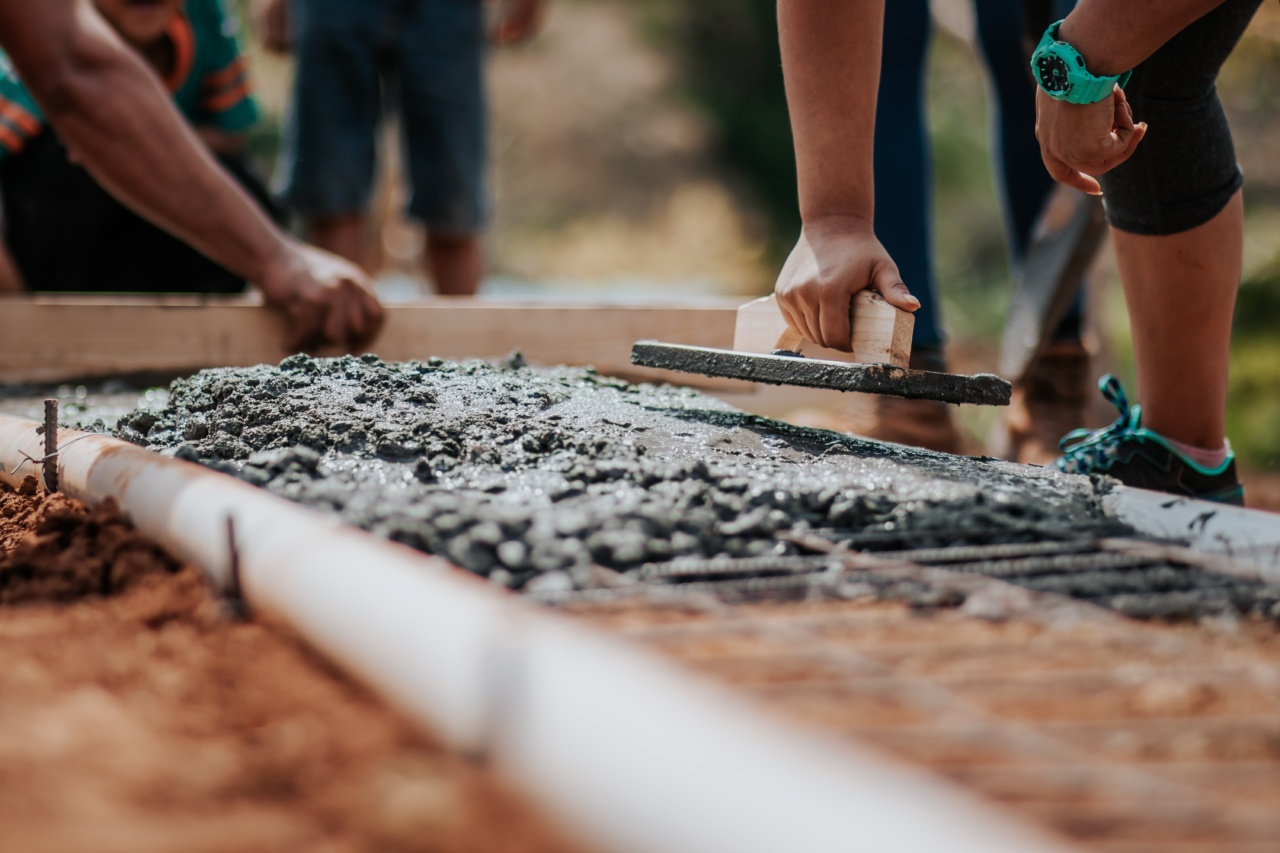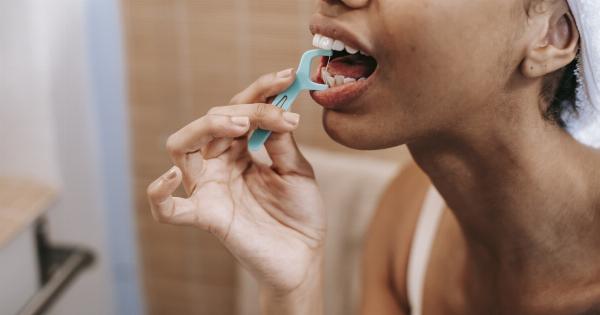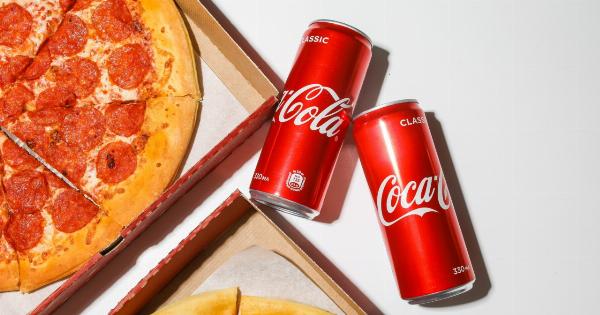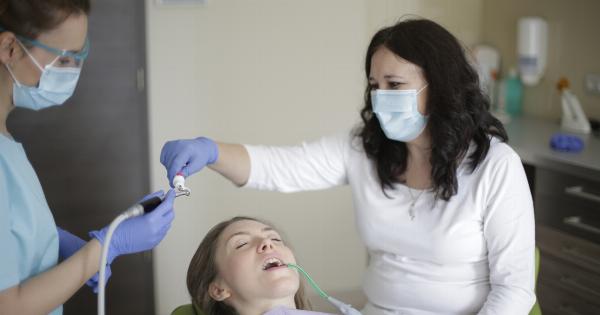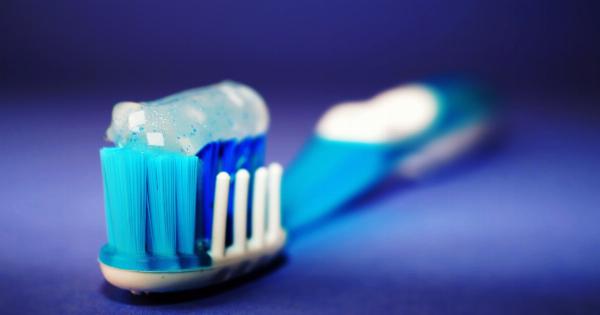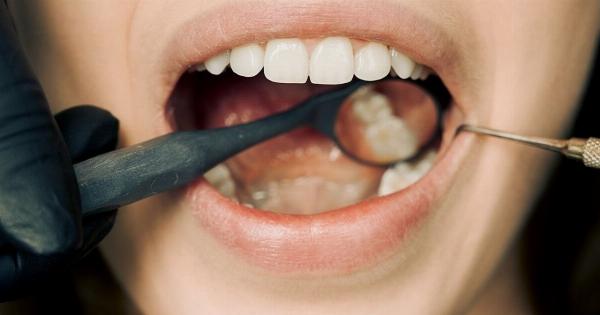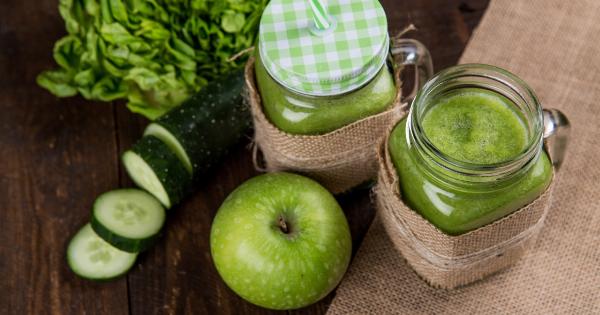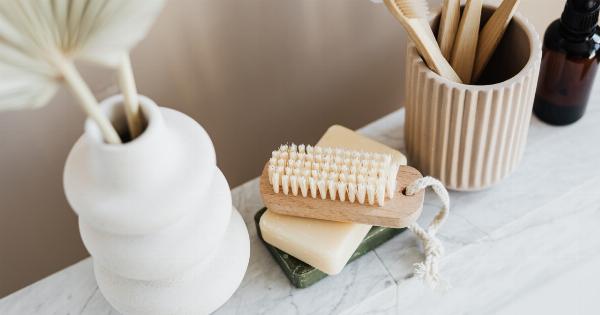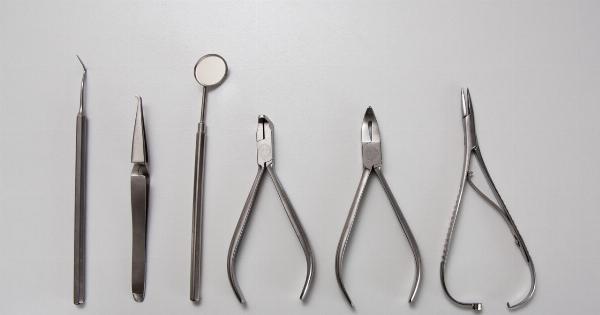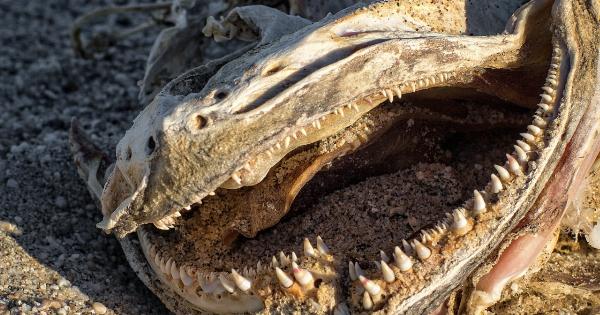Plaque build-up on teeth is a common dental problem that can lead to various oral health issues, including gum disease and tooth decay. Removing plaque regularly is essential to maintain good oral hygiene and prevent these problems.
In this article, we will discuss some effective tools and methods for removing plaque build-up on teeth.
Toothbrush
A toothbrush is the most basic tool for plaque removal. It is important to choose a toothbrush with soft bristles and a small head size to effectively reach all areas of the mouth.
Brushing your teeth at least twice a day, using a fluoride toothpaste, helps remove plaque and prevent its build-up.
Dental Floss
Dental floss is a thin thread that is used to clean the gaps between teeth. It helps remove plaque and food particles that are difficult to reach with a toothbrush. It is recommended to floss once a day, preferably before bedtime.
Mouthwash
Mouthwash can be used as an adjunct to toothbrushing and flossing to further remove plaque and freshen breath. It reaches areas that may have been missed during brushing and flossing.
Mouthwashes with antimicrobial properties are particularly beneficial in reducing plaque-causing bacteria. Swishing mouthwash for 30 seconds after brushing and flossing provides additional protection against plaque build-up.
Tongue Scraper
Plaque also accumulates on the tongue, leading to bad breath and oral health problems. Using a tongue scraper helps remove this plaque and bacteria from the surface of the tongue.
Gently scraping the tongue from back to front once a day can improve oral hygiene and reduce plaque build-up.
Electric Toothbrush
An electric toothbrush is an effective tool for plaque removal as it provides greater brush head movement and easily reaches difficult-to-access areas.
The oscillating or rotating motion of an electric toothbrush helps dislodge plaque more efficiently than manual brushing. It is important to use the electric toothbrush correctly and follow the recommended brushing techniques.
Interdental Brushes
Interdental brushes, also known as proxy brushes or interproximal brushes, are small brushes specifically designed to clean the spaces between teeth.
These brushes are useful when there is a significant gap between teeth or if the teeth are slightly crooked. Interdental brushes help remove plaque from these hard-to-reach areas, improving oral hygiene and preventing gum disease.
Dental Picks
A dental pick, also called an interdental pick or scaler, is a small tool with a pointed end that can be used to remove plaque and debris from the teeth.
Dental picks are particularly helpful for removing plaque around dental restorations such as crowns and bridges. It is important to use dental picks gently to avoid damaging the gums or enamel.
Water Flossers
Water flossers, also known as oral irrigators, use a steady stream of water to remove plaque and debris from between teeth and along the gumline.
This device can be a great alternative for those who find traditional flossing challenging or uncomfortable. Water flossers are effective in reducing plaque and improving overall oral health.
Scaling and Root Planing
For individuals with excessive plaque build-up, professional dental cleaning may be necessary.
Scaling and root planing, also known as deep cleaning, is a non-surgical procedure that involves removing plaque and tartar from the teeth and smoothing the tooth roots to prevent further plaque accumulation. This procedure is typically performed by a dental hygienist or periodontist.
Professional Dental Examination
Regular dental check-ups are essential to monitor oral health and address any potential plaque build-up or gum problems. Dentists can detect early signs of plaque build-up and provide appropriate treatment recommendations.
They may also perform professional cleanings to remove stubborn plaque and tartar.
Conclusion
Plaque build-up on teeth can lead to serious oral health issues if left untreated. Regular and thorough removal of plaque using appropriate tools and methods is crucial for maintaining good oral hygiene.
Incorporating these tools, such as toothbrushes, dental floss, mouthwash, tongue scrappers, electric toothbrushes, interdental brushes, dental picks, water flossers, and professional dental cleaning, into your oral care routine can help prevent plaque build-up and promote a healthy smile.
